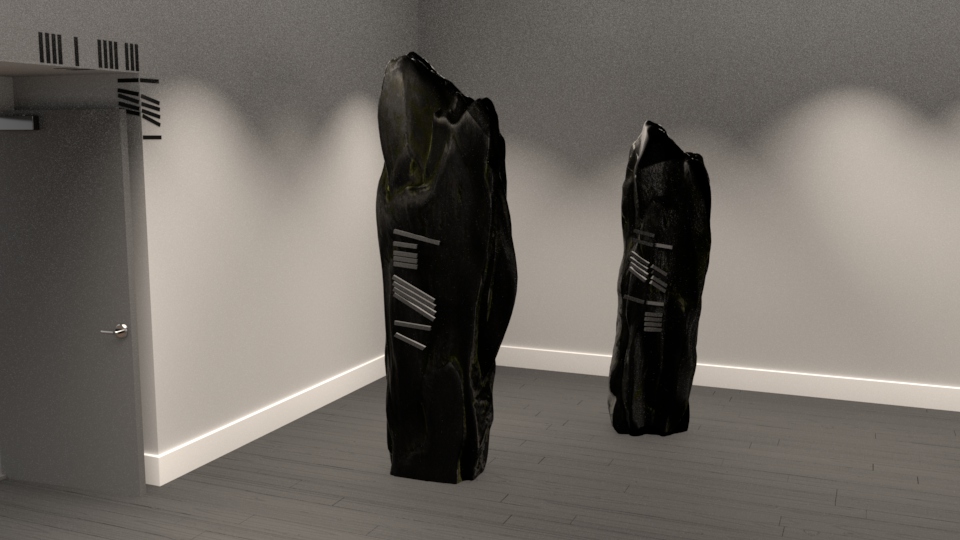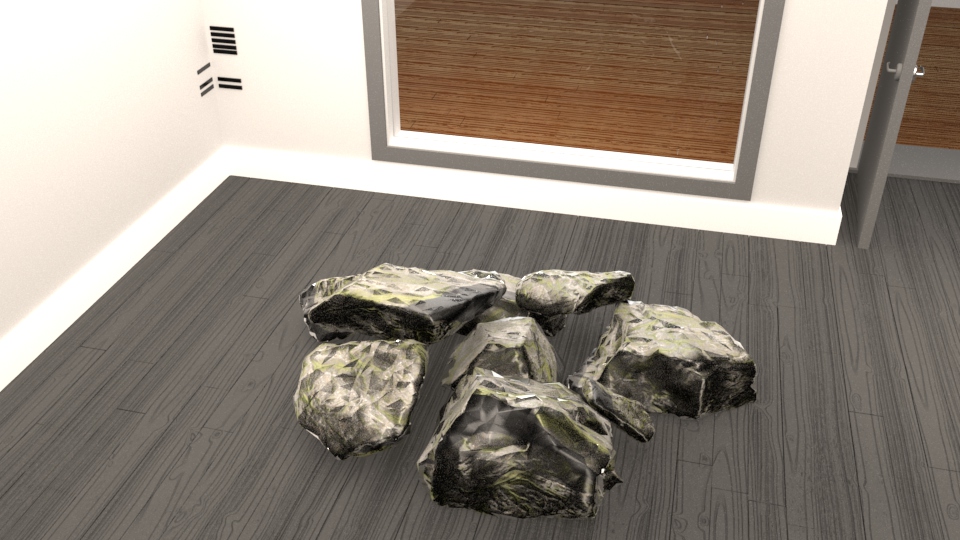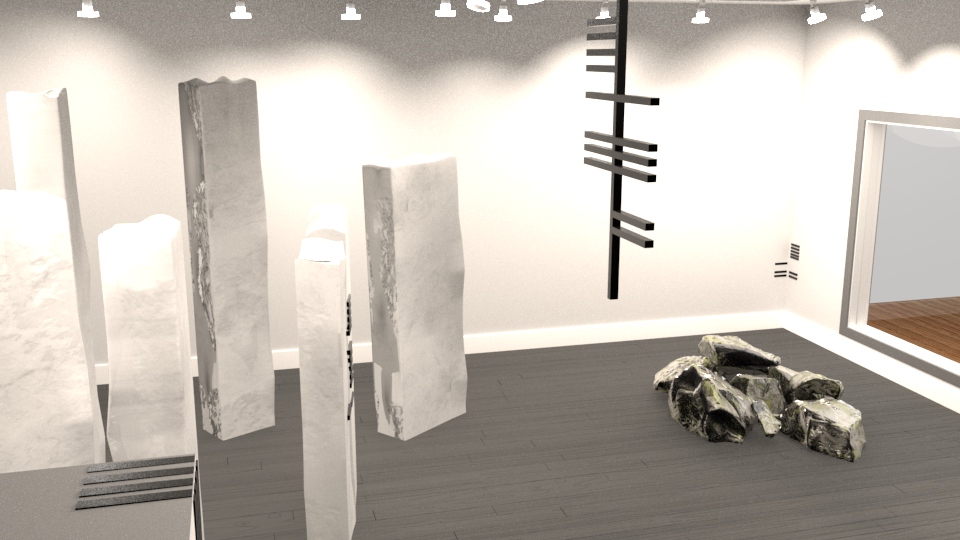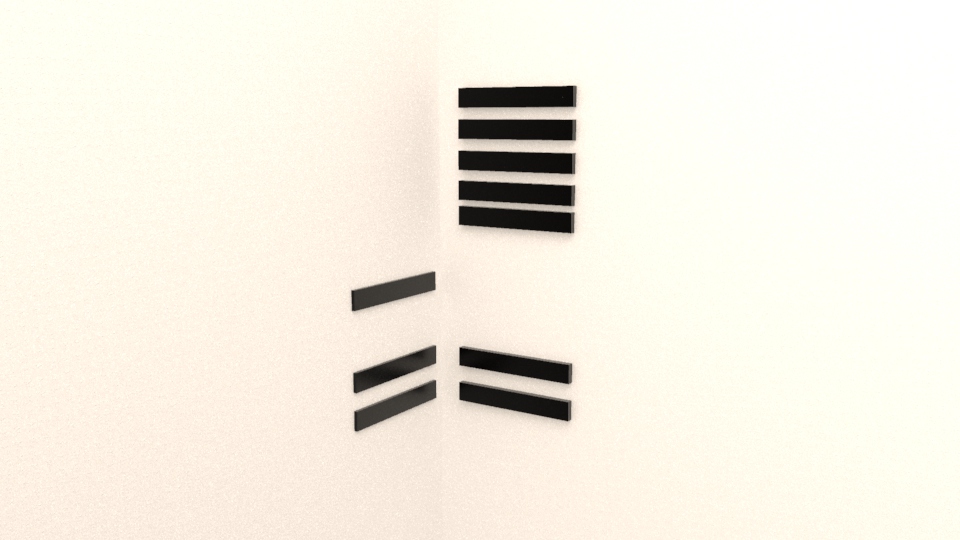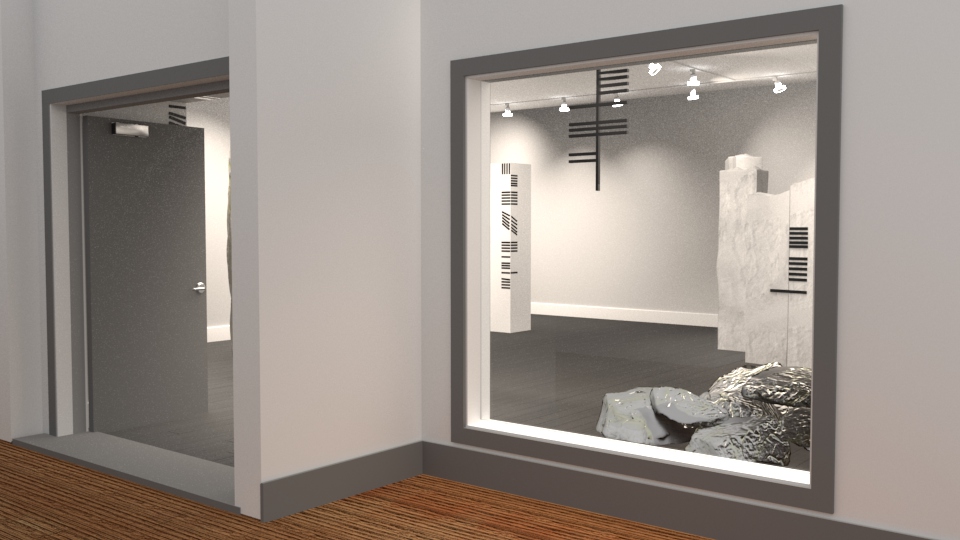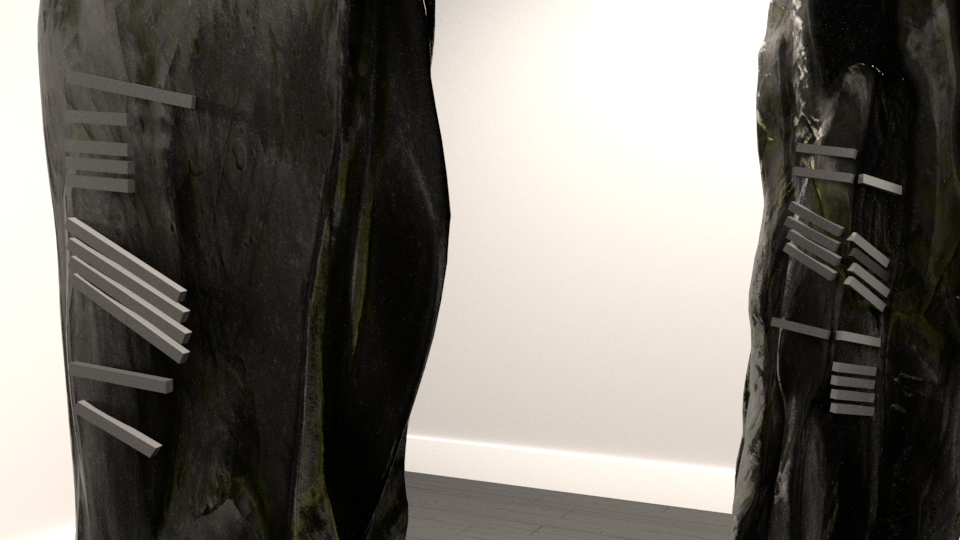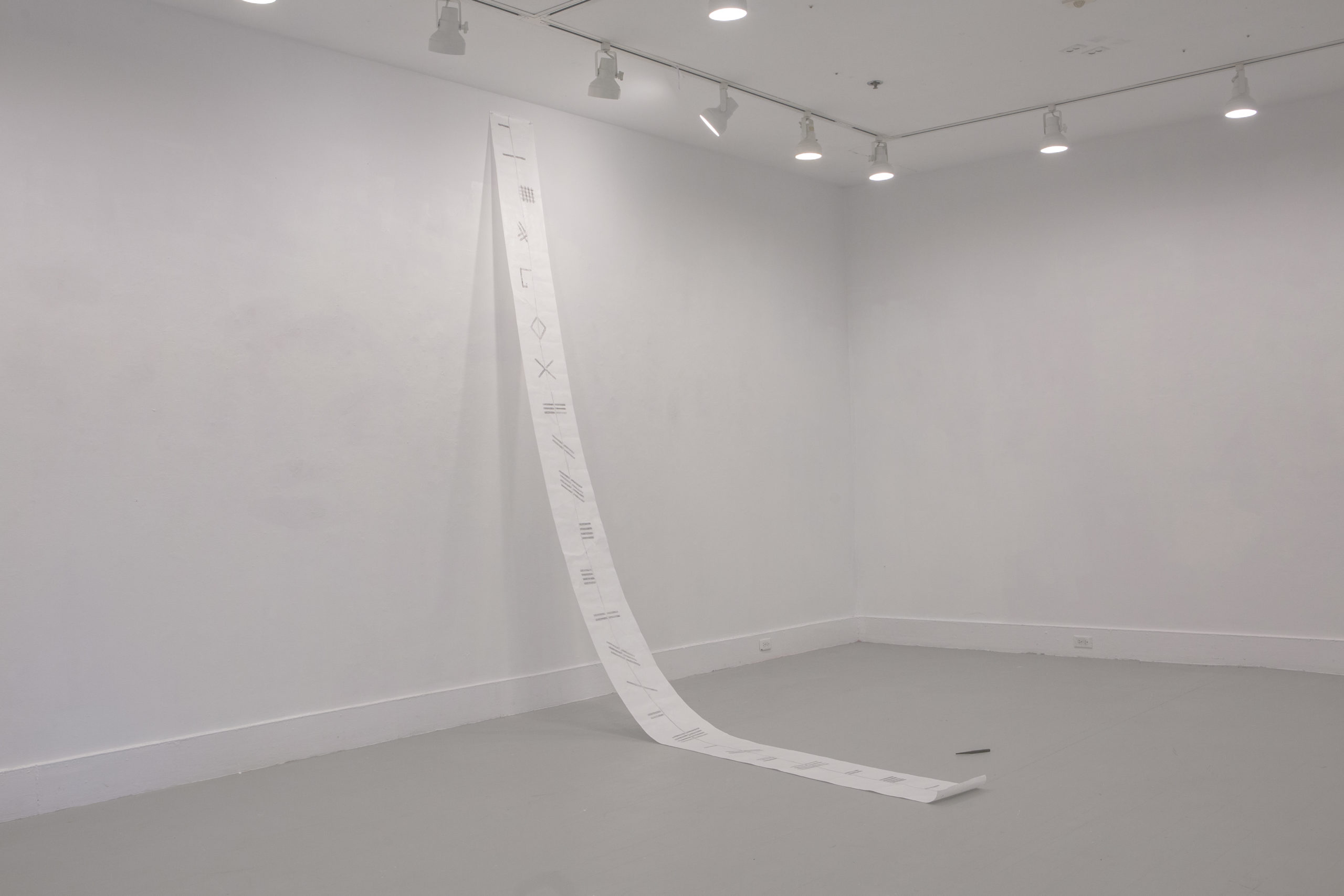Anne Munroe
Description for this block. Use this space for describing your block. Any text will do. Description for this block. You can use this space for describing your block.
In this work, Anne Munroe draws on her lived experience and the narrative; exploring themes of identity, time, memory and the body. Working with a variety of mediums, the inspiration for this body of work began with a Celtic History course at University of Guelph where she discovered Ancient Irish-Runic, or Ogham script, which dates back to about 400 AD. This enlivened her interest in her own genealogy and our ancient heritage. One compelling feature of this script is that the Celts have an oral tradition similar to some other ancient cultures. This script is found on memorial stones in at least two locations: Southern Ireland and Southern England, where two branches of her family once lived or are living. Munroe makes use of Christian names from the Loney family of County Longford dating back to about 1848 and into the present. The family surname in Ancient Irish was Luan, in translation, “warrior”. The Irish were some of the first in Europe to make use of surnames which appeared about 900AD.
The second feature of the Ogham script is that for the most part, it is generated from one symbol, like a rectangular bar, which is arranged on the horizontal or oblique and numbering one to five on the sides of a fissure in a standing stone to represent 24 different sounds. The rock is chosen because it contains this fissure and a somewhat flattened section adjacent to the crack so that the inscription is unencumbered by ragged edges. A mark on the left side of the stone, will represent a different sound if it is placed on the right side. Another feature of the script is its connection to time beyond the historical; the time in the doing. Munroe discovered this process is slow, and can be meditative, even though she worked with a template, a brush and paint as opposed seeking the right marker, and working chisel on stone where these characteristics might be more pronounced. The formation of the rock, or “standing stone” is also slow- molded by nature.
As time passed, the early Celtic masons began to “dress” the stones more in keeping with memorial stones of today with a smooth, flat surface to write on. This exhibition makes use of some of Munroe’s genealogy to illustrate the script as well as the transition in the selection and preparation of the stones. Her idea was to make use of the gallery space, including seams in corners and over doorways, to create an immersive experience for the viewer.

